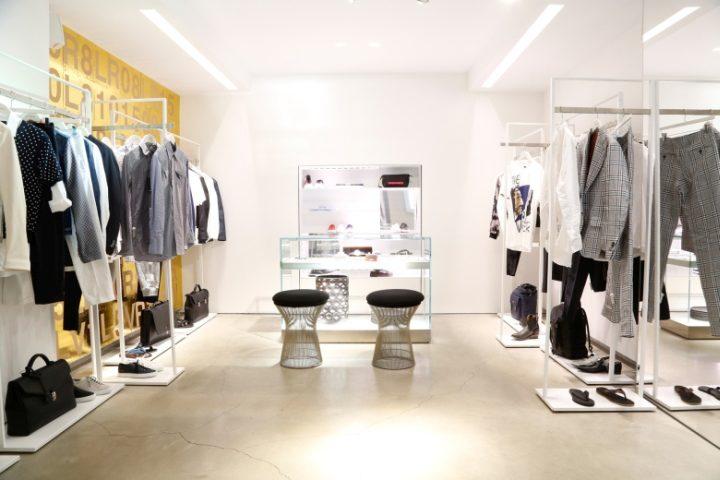Luisa via Roma (LVR) is a world retailer of fashion and design for women’s, kids’, and men’s stylish clothes and home decorations. The company dates back to 1930 as a boutique opened by Luisa Jaquin in Florence, France. She later teamed up with her husband to expand the store and eventually built a production factory. LVR mainly deals in luxury fashion brands for designer shoes, bags, and accessories.
The success of Luisa via Roma has been achieved by organizing several events, proper advertisement, and marketing across major cities in Europe. The main store started arranging communication events with well-established companies such as Puma, Adidas, Coca-Cola, and Levis. Through this initiative, a marketing partnership was created that boosted its sales. A recent collaboration with UNICEF in 2018 by organizing a fashion gala in Porto made the brand expand its market and become internationally famous. It later opened a new store in November 2018 in New York (Fasinu, 2020). Working in collaboration with renowned models and fashion icons also added to its growth, expansion, and profitability. The fact that LVR organized most of its events in Europe and America has given them the right target market. Another contributing factor to LVR’s robust growth in the industry is the concept of using its company website for order placements and shipping.
At the beginning of the year 2000, LVR first created its official company website, luisaviaroma.com, in the Italian language that allowing all its clients to select their products through its website portal from any part of the world. Through this method, the company was able to generate clients. The organization realized more profits from its diaspora clients, which made it then translate its website to German, Chinese, Russian, French, Spanish, Japanese, and Korean. The production management enabled all the orders to be shipped to various locations through a 50-50 facilitation agreement with the clients. This move encouraged more clients to buy LVR products, leading to its early growth (Sresnewsky et al., 2020). Partnership with big names in the fashion industry, such as Kenzo Takada, a Japanese renowned designer brand, also boosted the company’s growth worldwide as most clients are associated with big known brands. LVR then became the first brand in Europe to work with the label, a move that helped LVR to capture the Japanese market.




References
Fasinu, D. T. (2020). Collaborative entrepreneurship and building small business communities in the Nigerian fashion design industry (Unpublished Master’s Thesis). West Virginia University.
Sresnewsky, K. B. G. B., Yojo, A. S., Veloso, A. R., & Torresi, L. (2020). Rapport-building in luxury fashion retail: A collectivist culture case. Journal of Fashion Marketing and Management: An International Journal, 24(2), 1-26. Web.